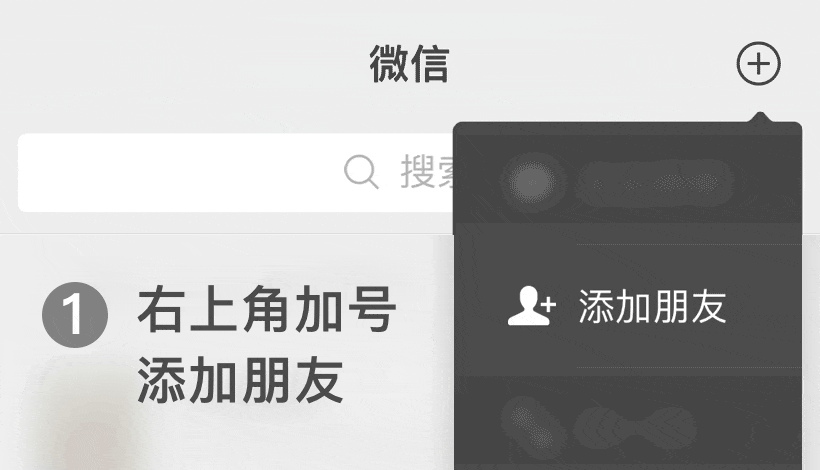What are the advantages of damping deceleration chute
Damping deceleration chute is a device that uses the damping principle to achieve deceleration and buffering of objects (such as materials, workpieces, packages, etc.) during transportation or sliding. It is widely used in logistics sorting, automated production lines, warehousing and transportation, and other fields. Its core advantage lies in regulating the speed of object movement through contr
Damping deceleration chute is a device that uses the damping principle to achieve deceleration and buffering of objects (such as materials, workpieces, packages, etc.) during transportation or sliding. It is widely used in logistics sorting, automated production lines, warehousing and transportation, and other fields. Its core advantage lies in regulating the speed of object movement through controllable resistance, avoiding impact and collision. The specific advantages are as follows:
1、 Decelerate correctly to avoid impact damage
The effect of controllable deceleration: Through damping structures (such as hydraulic damping, pneumatic damping, mechanical friction damping, etc.), the resistance can be adjusted according to parameters such as object weight and initial velocity, allowing the object to decelerate smoothly in the chute instead of falling freely. For example, in logistics sorting, when a package slides down through a damping chute, it can gradually decrease from a faster conveying speed to a safe speed, avoiding damage caused by hitting the sorting port or other packages (especially suitable for fragile items, electronic products, precision parts, etc.).
Reduce collision noise: When an object slides at high speed in an undamped chute, collisions with the chute wall or end baffle will produce significant noise. Damping deceleration can greatly reduce the impact force, thereby reducing noise pollution and improving the working environment (such as e-commerce warehouses, workshops, and other noise sensitive scenes).
2、 Protect objects and equipment to extend their lifespan
Protecting the conveyed object: For objects that are prone to scratches on the surface and structural deformation (such as furniture, home appliance shells, glass products), damping deceleration chutes can reduce friction between the object and the chute through a smooth motion trajectory, while avoiding corner damage and surface wear caused by end point collisions, and reducing material loss rates.
Protecting the equipment itself: Traditional chutes can withstand high-speed impacts from objects for a long time, which can lead to wear on the chute walls, loose or even broken connecting components. Damping devices can disperse the impact force, reduce mechanical wear and tear on the equipment, extend the service life of the chute and surrounding conveying equipment (such as conveyor belts and sorting machines), and reduce maintenance costs.
3、 Adapt to diverse scenarios and have strong flexibility
Compatible with objects of different weights and sizes: By adjusting damping parameters (such as hydraulic damping oil volume, pneumatic damping air pressure), it can adapt to the deceleration needs of light small items (such as express packages, electronic components) to heavy workpieces (such as mechanical parts, metal castings), without the need for frequent replacement of sliding grooves, improving equipment versatility.
Adapting to complex conveying paths: Damping deceleration chutes can be designed with various structures such as straight lines, curves, and adjustable tilt angles to adapt to different conveying paths (such as from high shelves to the ground, from sorting lines to buffer areas). Even in multi segment turning chutes, smooth deceleration can be achieved throughout the entire process through segmented damping control.
4、 Improve automation efficiency and reduce manual intervention
Realize continuous and orderly transportation: In automated production lines or logistics sorting systems, damping deceleration chutes can make objects slide down at a uniform speed and interval, avoiding accumulation and congestion caused by excessive speed (such as multiple packages piled up at the bottom of the chute), ensuring the continuity of subsequent processes (such as scanning, sorting, and packing), and reducing the workload of manual sorting.
Reduce the risk of manual operation: For scenarios that require manual picking and placing (such as workers picking up items from the end of a chute), damping deceleration can slow down the object to reach the endpoint, avoiding personnel injuries caused by sudden objects rushing out of the chute (such as heavy workpieces hitting or small items splashing), and improving operational safety.
5、 Stable structure and low maintenance cost
Strong durability: Damping components (such as dampers, buffers) are often made of wear-resistant materials (such as high hardness alloys, engineering plastics, sealing rubber), which can withstand long-term friction and impact, especially in industrial environments such as dust and humidity, and can still work stably.
Easy maintenance: The core damping components of most damping deceleration chutes are modular in design, and can be replaced separately in case of failure (such as replacing the sealing ring of the hydraulic damper or the friction plate of the mechanical damper), without the need for overall disassembly, reducing downtime for maintenance.
6、 Energy saving and environmentally friendly, compatible with automation systems
No additional power required (some types): Mechanical friction and gravity induction damping chutes can use the object's own gravity to trigger damping, without the need for external power or hydraulic pumps, saving energy; Even for hydraulic/pneumatic systems, their energy consumption is much lower than traditional power braking devices such as electric motor brakes.
Easy integration automation control: Some damping deceleration chutes can be linked with sensors and PLC systems to automatically adjust damping force by detecting object parameters (such as weight and speed), achieving intelligent deceleration (such as in logistics systems, automatically switching between "light load/heavy load" damping modes based on package weight), and adapting to the flexible requirements of modern automated production lines.
 0512-52430590
0512-52430590
 0512-52430590
0512-52430590

 WeChat number:業神物流設備
WeChat number:業神物流設備
